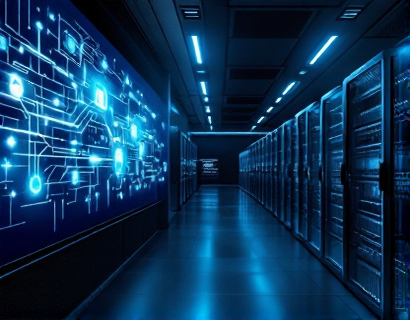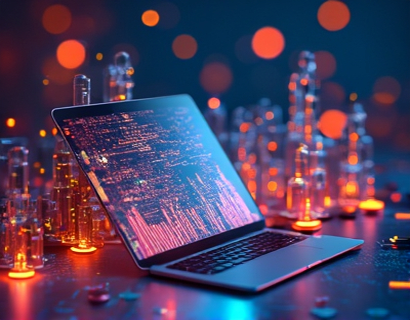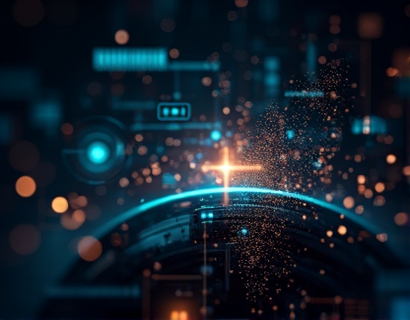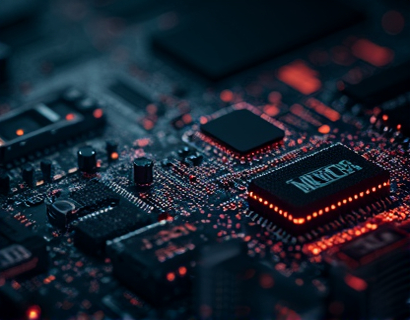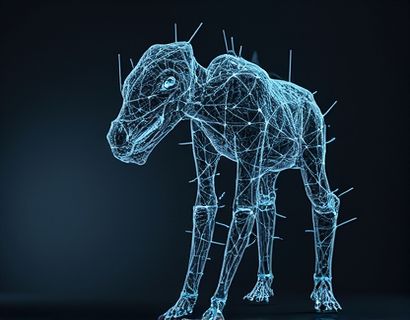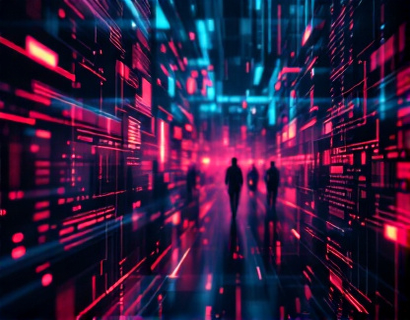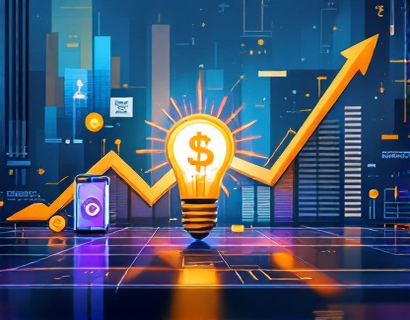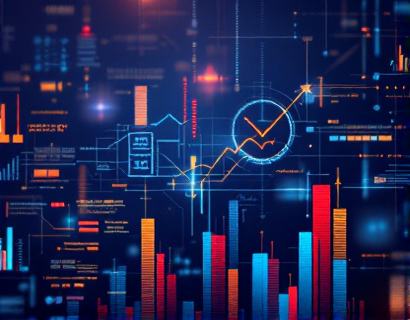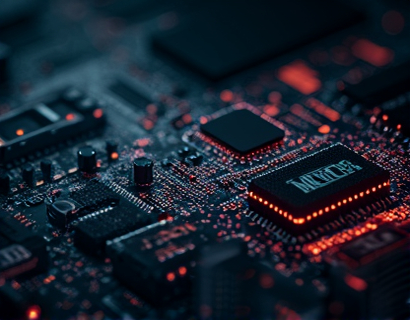Revolutionizing Productivity: The Synergy of Crypto and AI
The intersection of cryptocurrency and artificial intelligence (AI) is giving rise to a new era of productivity tools tailored for tech enthusiasts and early adopters. This innovative fusion is not just about combining two cutting-edge technologies but about creating an ecosystem that simplifies and enhances daily tasks through advanced solutions. The result is a platform that leverages the decentralized potential of crypto and the intelligent capabilities of AI to offer a seamless user experience.
The foundation of this revolution lies in the unique properties of blockchain technology and machine learning. Blockchain provides a secure, transparent, and decentralized environment, while AI brings in the intelligence to automate and optimize processes. Together, they form a powerful duo that can transform how we approach productivity, making it more efficient, secure, and personalized.
Enhanced Security and Trust
One of the primary benefits of integrating crypto with AI is the enhanced security and trust it offers. Traditional productivity tools often rely on centralized servers, making them vulnerable to hacks and data breaches. In contrast, a crypto-based platform uses blockchain to distribute data across a network of nodes, ensuring that no single point of failure exists. This decentralization not only boosts security but also builds trust among users who are increasingly concerned about data privacy.
AI plays a crucial role in this security framework by continuously monitoring the network for anomalies and potential threats. Machine learning algorithms can detect patterns that indicate malicious activity, allowing for real-time responses to security breaches. This proactive approach ensures that user data remains safe and that the platform operates with the highest level of integrity.
Automated and Intelligent Task Management
The AI component of this platform brings a level of intelligence that traditional tools cannot match. By leveraging natural language processing (NLP) and machine learning, the system can understand and predict user needs, automating routine tasks and providing personalized recommendations. For instance, AI can manage calendars, set reminders, and even draft emails based on context and previous interactions.
Task management becomes a breeze with AI-driven tools that can prioritize tasks based on urgency and importance. These tools can integrate with various productivity apps, pulling data from multiple sources to create a comprehensive overview of a user's tasks and deadlines. The AI can then suggest the most efficient order to complete these tasks, optimizing time management and increasing overall productivity.
Decentralized Storage and Collaboration
Storage and collaboration are critical aspects of modern productivity, and the crypto-AI synergy offers innovative solutions in these areas. Decentralized storage solutions, powered by blockchain, ensure that files are stored across multiple nodes, making them highly resilient to data loss. This approach also enhances privacy, as users have control over their data and can choose who gains access to it.
AI enhances collaboration by facilitating seamless communication and file sharing among team members. Smart contracts can automate the distribution of files and tasks, ensuring that everyone has the necessary access at the right time. AI-driven chatbots and virtual assistants can mediate discussions, summarize meeting notes, and even translate languages in real-time, breaking down barriers and fostering global collaboration.
Personalized Learning and Skill Development
The platform also focuses on personal growth and skill development, recognizing that continuous learning is essential in the fast-paced tech world. AI algorithms can analyze a user's skills, interests, and career goals to recommend tailored learning paths. These paths can include a mix of video tutorials, interactive courses, and practical projects, all curated to maximize learning efficiency.
Crypto tokens can be used as a form of currency within this learning ecosystem, rewarding users for completing courses and contributing to the community. This gamification element not only makes learning more engaging but also creates a sense of community and shared progress among users.
Financial Incentives and Token Economics
The integration of cryptocurrency adds a unique economic layer to the platform, providing financial incentives for users to participate and contribute. By using tokens as a medium of exchange, the platform can reward users for various activities such as creating content, solving complex problems, or providing valuable feedback. This token-based economy encourages active participation and fosters a vibrant community of contributors.
The token economics are designed to be fair and transparent, with clear guidelines on how tokens are earned, distributed, and used. Users can earn tokens by completing tasks, engaging with the community, and contributing to the platform's growth. These tokens can then be used to access premium features, purchase goods and services, or even traded on decentralized exchanges.
Scalability and Interoperability
To truly revolutionize productivity, the platform must be scalable and interoperable with other systems and tools. The use of blockchain technology ensures that the platform can handle a growing number of users and transactions without compromising performance. Smart contracts facilitate seamless integration with other blockchain-based services, creating a cohesive ecosystem that users can easily navigate.
AI-driven interoperability tools can bridge the gap between different platforms and applications, allowing for smooth data exchange and functionality integration. This ensures that users can leverage the strengths of various tools without the hassle of manual setup or compatibility issues.
User-Centric Design and Accessibility
The success of any technology depends on its user experience, and this platform is no exception. A user-centric design approach ensures that the tools are intuitive, accessible, and tailored to the needs of tech enthusiasts and early adopters. The interface is clean and modern, with a focus on ease of use and quick navigation.
Accessibility is also a key consideration, with features designed to accommodate users with different abilities. Voice commands, screen readers, and customizable interfaces make the platform usable for a wide range of users, ensuring that everyone can benefit from the advanced crypto-AI solutions.
Future Prospects and Innovations
As the crypto and AI landscapes continue to evolve, the potential for further innovations is vast. One exciting area is the integration of quantum computing, which could significantly enhance the processing power and efficiency of AI algorithms. This could lead to even more sophisticated productivity tools and faster data processing times.
Another promising development is the use of decentralized finance (DeFi) principles to create financial services that are more inclusive and accessible. Users could leverage crypto assets to secure loans, invest in projects, or manage their finances with greater flexibility and control.
The future also holds the possibility of augmented reality (AR) and virtual reality (VR) integrations, providing immersive experiences for learning, collaboration, and task execution. These technologies, combined with AI and crypto, could redefine how we work and interact in both professional and personal contexts.
In conclusion, the convergence of cryptocurrency and AI is not just a technological trend but a transformative force that is reshaping the way we approach productivity. By offering enhanced security, intelligent task management, decentralized storage, personalized learning, financial incentives, scalability, and user-centric design, this platform is poised to become an indispensable tool for tech-savvy individuals looking to elevate their productivity to new heights.





